Four inner planets of the Gliese 581 system and their host star in an artist rendering.
A team of astronomers have discovered a planet like Earth, with basic conditions suitable for life, 20 light years (120 trillion miles) from our planet. ”The chances for life on this planet are 100 percent, I have almost no doubt about it” says Steven Vogt, a University of California professor of astronomy and astrophysics.
The gravity on the discovered planet is similar to that on Earth, despite its three times bigger size. Planetarium astronomer at the Royal Observatory in Greenwich, Dr. Elizabeth Cunningham, says this discovery is a big deal. ”It could have liquid water on the surface, that’s the first step to find life” she said.
The Gliese 581 system’s orbit compared to our own solar system. The planet that scientists believe could support life is labeled G.
Although scientists already discovered hundreds extrasolar planets in the Milky Way, this one is the first to be very likely to support life.
Unfortunately, humans will not be able to travel Gliese 581g in any foreseeable future – such trip would take 20 years at close to the speed of light, scientists say.
But if we ever accomplished to reach the planet, we would find some familiar things. The gravity and atmosphere are not so unlike ours, while temperatures are also relatively close. Average temperature is about -12 degrees Celcius (10 Fahrenheit), according to the scientists, but the range of temperatures is much more extreme than on Earth, since the planet has no day and night, only one side facing the sun permanently and the dark side that never sees any sunlight.
[sc:ad-text]
The planet orbits a red dwarf star called Gliese 581, placing it in the Goldilocks zone. “It’s a Goldilocks planet. It’s not too hot, it’s not too cold, it’s just right” for water to form, Cunningham said.
There are more planets that have been discovered in the system, but they are mostly gas planets, thus not habitable. Gliese 581g, in contrast, is a rocky planet.
The astronomers are excited by the discovery, made by Keck telescope in Hawaii, which has been observing the star Gliese 581 for 11 years.
The planet is relatively close and was found surprisingly fast. “I’m surprised we found one so fast,” Cunningham said. “The implication is either we were very lucky or these planets could be relatively common.”
[sc:end t=” “100% Chance” For Life On Newly Found Planet, claim Scientists”]

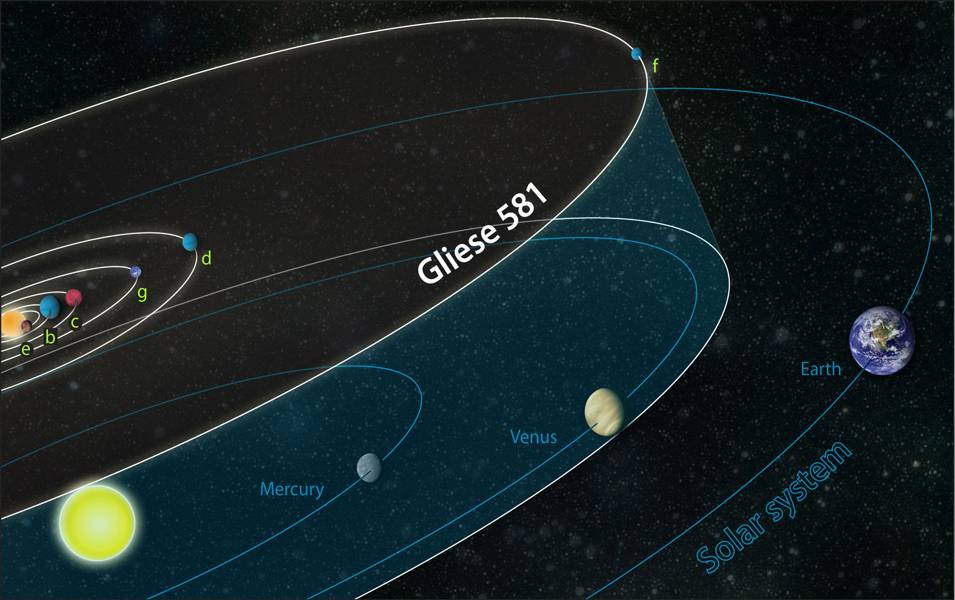

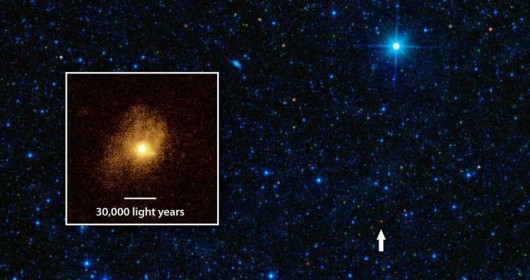
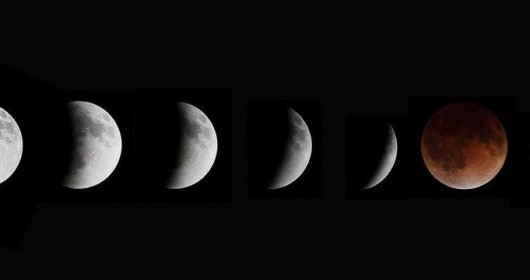

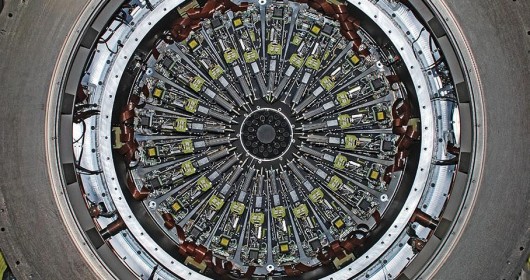
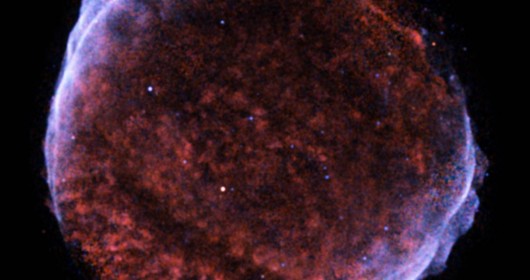
Leave a Reply